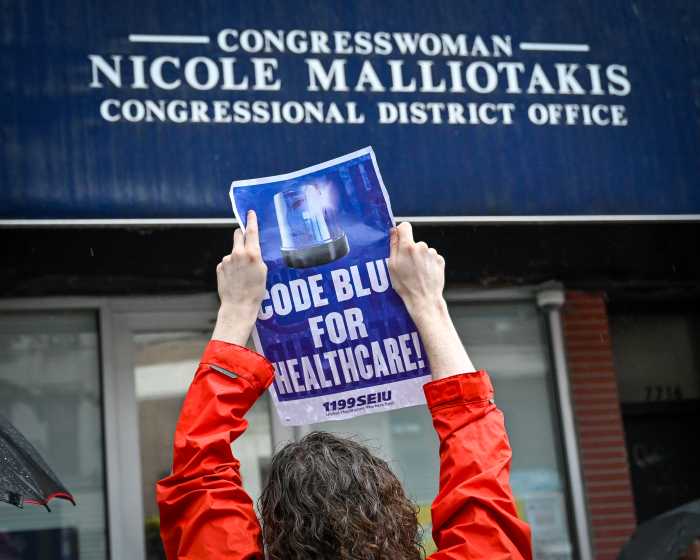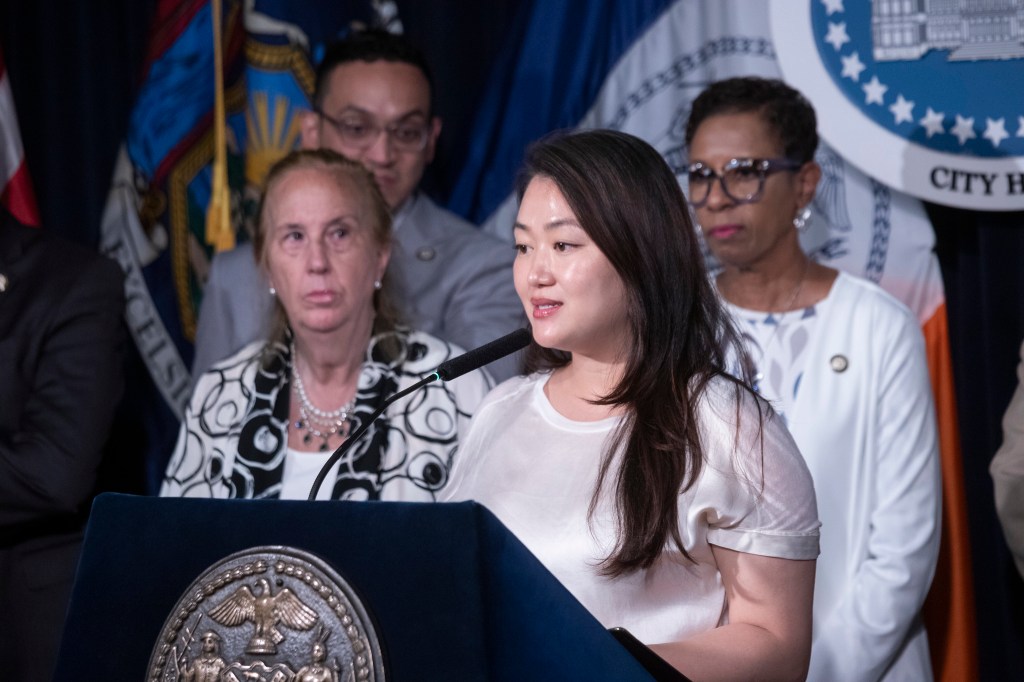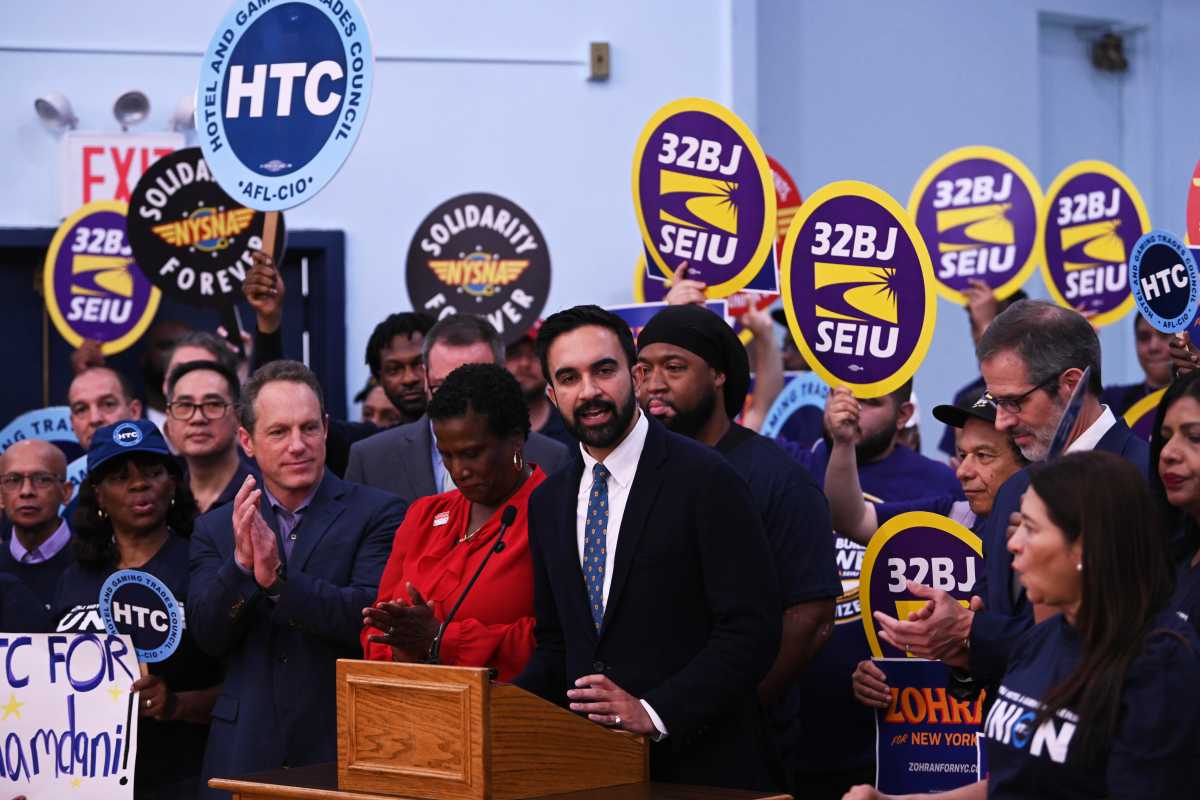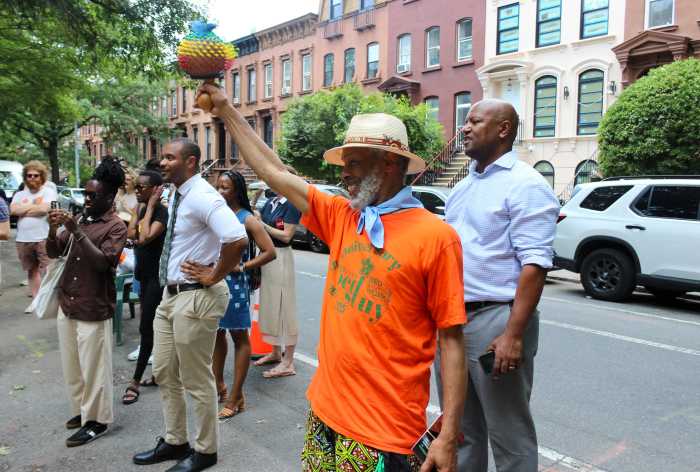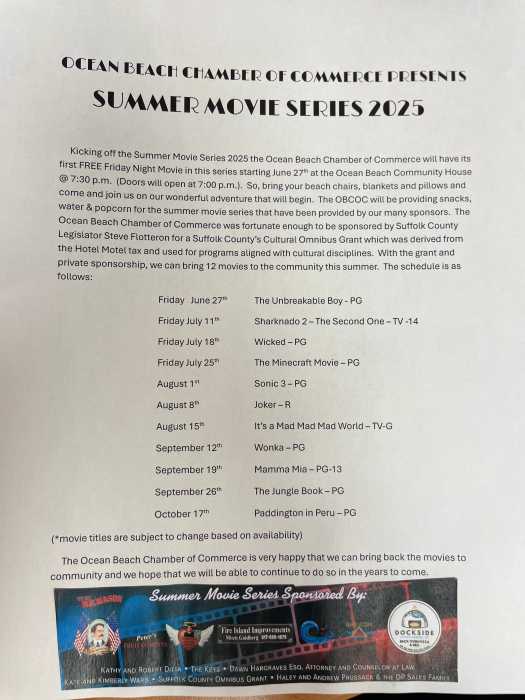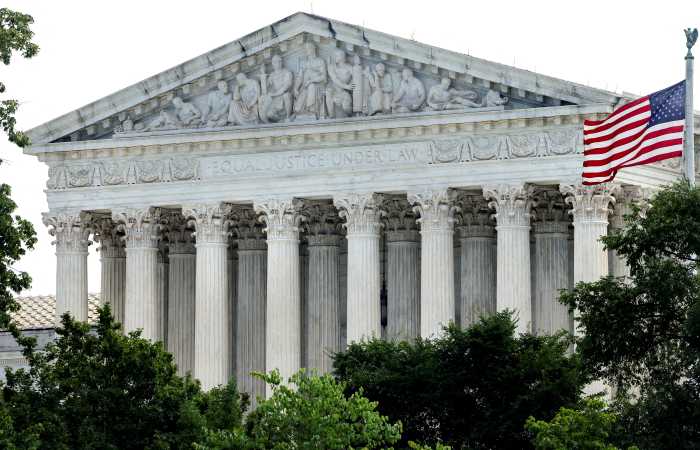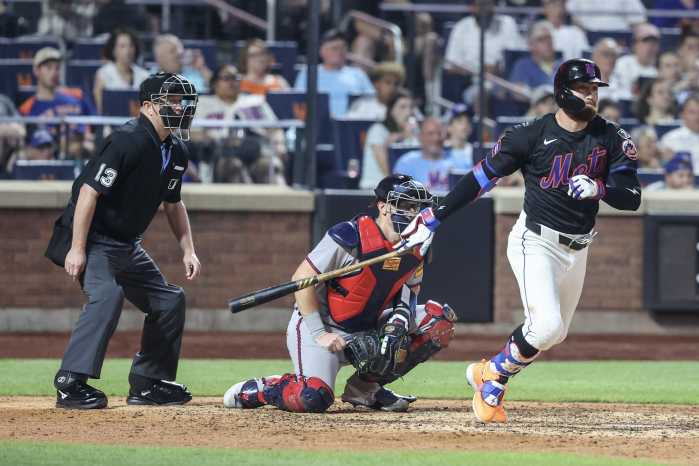The city’s new school ratings system — which sullied the reputations of some of Brooklyn’s star educational institutions — spread like celebrity gossip through the linoleum-floored hallways of Brooklyn schools and into the worldviews of Brownstone Brooklyn parents.
Schools that parents will lie to gain access to, schools that help boost real-estate prices, were handed mediocre, if outright poor, grades. PS 321, the school that supposedly gives Park Slope kids the benefits of a private school education, got a B. PS 29, where Cobble Hill residents have sent their children for decades? Another B.
PS 8, the rising star Brooklyn Heights school with the popular, hands-on principal, got an inexplicable C.
The grades were part of the city’s new School Progress Reports, which Mayor Bloomberg said would give educators and parents “a new tool to help them see exactly where their school needs improvement and find similar schools that could help them do it.”
Eighty-five percent of the grade is based on what the city calls “student progress” and “student performance.” Fifteen percent is based on “school environment.” The city makes a point of comparing schools to “peer schools” that serve similar student populations.
In Brownstone Brooklyn, disbelief reverberated as principals held morning coffee klatches with upset parents, and mothers and fathers discussed the topic in post–drop-off and pre–pick-up huddles.
The reaction was largely one of denial. One of the most popular defense mechanisms was to lash out at the very methodology of the “Progress Reports.”
On a recent morning at PS 321, on Seventh Avenue and First Street, one mom handed out a “primer” on behalf of the “PS 321 Testing Task Force.” That primer, printed on sheets of green legal size paper, was essentially a litany of complaints: “The school report card does not take into account the many factors that make a great schools, for example, whether a school has enrichments such as music, art, dance, chess and language classes.”
That argument resurfaced again and again with parents across the borough.
“I don’t take that grade very seriously,” said Elizabeth Lind, who has a child in the first grade at PS 29, where the principal had a 40-minute meeting with kindergarten parents to allay concerns about the school’s shockingly low B grade.
“Standardized tests can’t judge a school or a child as a whole or accurately,” added Lind.
The only people to match parents in the depths of their denial were real-estate agents, who depend upon school reputations to lure buyers into neighborhoods like Park Slope, Cobble Hill and Carroll Gardens.
“Schools are critical,” said Roslyn Huebener, of Aguayo and Huebener Realty. “It might be the number one factor in buying a house if the buyers have children. She defended PS 321: “If everyone could get into the 321 district, they would.”
Crosstown, Steve Gerber, a Corcoran senior vice president, also downplayed the importance of PS 29’s B grade by playing up Cobble Hill’s other attributes.
“[The school] is one of the positive attributes of the neighborhood, but there are a lot things going for Cobble Hill,” said Gerber. “[First-time buyers are] drawn to Cobble Hill because of its brownstones, not high rises, and [because of its] mom and pop stores on Court Street.”
But there were a few parents (just a few) who were willing to look squarely at the school grades, accept them, and then work with them.
“I want to know why the school got a D,” Irene Gonsalvez of PS 58 in Carroll Gardens. “We’ve got to make it an A.”
Grading the Grades in Three Neighborhoods
PS 29: Cobble Hill

Parents of PS 29 students, one of the city’s most coveted elementary schools, are wondering if the school is living up to the reputation that attracted so many of them.
PS 29 scored a “very high B,” according to the Department of Education, but the report card shows areas like reading improvement among the lowest third, and math, where it is being outperformed by PS 172 in Sunset Park.
Parents of young overachievers rushed to buy homes in Cobble Hill in the past decade. And they expected the school, on the corner of Henry and Kane streets, to be an overachiever itself.
“We moved here to go to this school,” said Deborah Twiss-McCann, who has two children in the school. “It is a selling point. All the realtors list homes as ‘zoned for PS 29.’” Seeing its reputation fall is her “biggest fear.”
That nervousness dominated a discussion in a meeting last week between principal Melanie Raneri-Woods and kindergarten parents.
The fears subsided and many parents think the school’s elite status will stay intact — after all it had high scores in overall reading and writing skills, and, actually, showed more progress in that area than PS 172, on Fourth Avenue and 30th Street, even if its lowest third of students is not keeping up in PS 29.
“How much weight does it really hold?” said Elizabeth Lind, about the school’s performance report. “Standardized tests can’t judge a school or a child, as a whole, or accurately.”
Parents might dismiss the relevance of the grades, but the desirability of local schools has a big effect on real estate.
For now, though, PS 29 remains solid.
“It has a very good reputation and is very hard to get into,” said Cordelia Stephens, an agent at Brooklyn Heights Real Estate. “It’s very sought-after.”
PS 321: Park Slope

Parents at Park Slope’s PS 321, which earned a B in the city’s new school rating system, last week flashed the sort of self-righteous anger more typical of an honors student after receiving her first A-.
“They didn’t look at other factors — at art, music, or chess club,” complained Martha Foote, who has a son in kindergarten at Park Slope’s PS 321.
Rubbing salt into the wound, the school’s arch rival, PS 107, in what was once the distant South Slope, earned an A. The nerve!
Anyone who underestimates the sterling reputation of PS 321, need only look at the hard numbers from that barometer of social standing, the Corcoran Group’s listings: A two-bedroom, 1,715-square-foot condo on 12th Street — in PS 107’s zone — goes for $995,000 while a 500-square-foot smaller condo in the PS 321 zone costs $1.15 million.
PS 321 is considered akin to a private school (a free one, of course, but one with John Turturro’s son). Students at the Seventh Avenue campus enjoy readings by local authors, and the largesse of local corporations, including a recent grant of $7,500 from Forest City Ratner.
And the school has enjoyed the reputation of being the center of a nabe obsessed with success.
“People lie to get into our school,” said Amy Bender, mother of a third grader.
Of course, parents over at PS 107, a strengthening rival of 321’s, had a slightly different take on the ratings. Especially since their school got an A.
Edward Lewine, whose son is in the first grade at 107, said he wasn’t surprised by the A rating at all. After all, the grades were based on improvements at the school, and 107 has made striking changes under the leadership of principal Cynthia Holton.
Lewine called the school, at the corner of Eighth Avenue and 13th Street, “a true competitor to 321.”
Them’s fighting words.
PS 8: Brooklyn Heights

One year ago, Mayor Bloomberg chose it for his first-day-of-school photo-op. Last week, his administration handed PS 8 in Brooklyn Heights a “C” grade.
After Hizzoner’s praise last year, this week, the “C” grade had parents, teachers and the school’s principal scratching their heads.
“I don’t feel like it’s an accurate mark,” said Prospect Heights mom Marleny Rafferty, who has a third grader at PS 8. “I think it’s a wonderful school.”
Real-estate agents in the area had been using the school as a selling point for the neighborhood even before the Bloomberg boost. And Myrel Glick, a broker with Prudential Douglas Elliman on Montague Street, says she’ll still tout the school, “C” grade or no “C” grade.
“I think the intelligent parents in Brooklyn Heights are more interested in educational enrichment than they are about test scores,” Glick said. “I’m going to continue to advise my clients to see for themselves how great PS 8 is.”
In large part, the grade was based on standardized test scores for reading and math, something principal Seth Phillips says shouldn’t be the “end all, be all” of education.
“Test scores don’t capture the full picture,” Phillips said. “How do you put a letter grade on parents’ involvement in the PTA? How do you measure the joy in children? Test scores won’t tell you those things.”
Asked how he would have graded the school, Phillips hemmed and hawed before finally concluding: “I would not have given us an A, but I don’t consider that an insult because it takes time to become an A school.”
Photos: The Brooklyn Paper / Tom Callan


